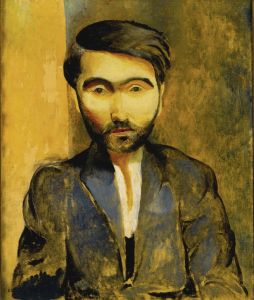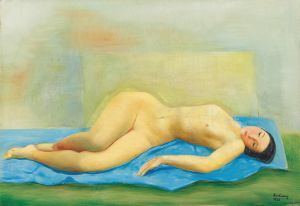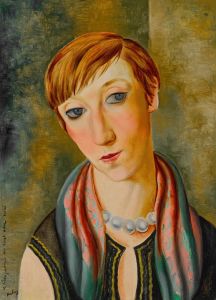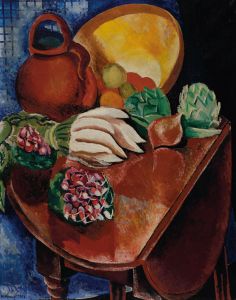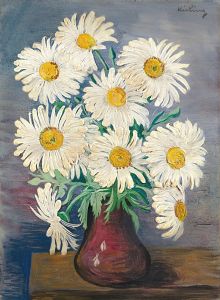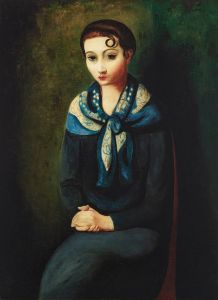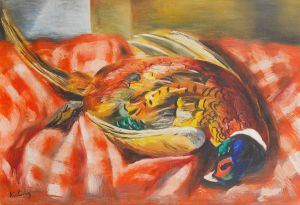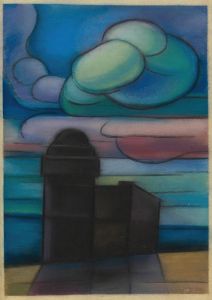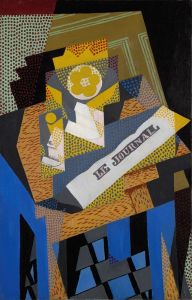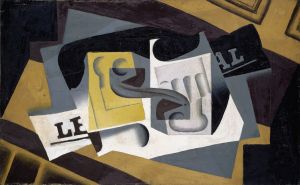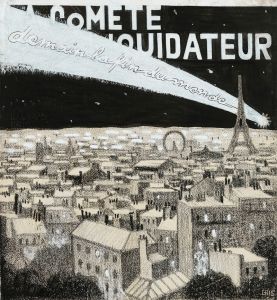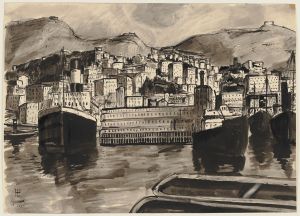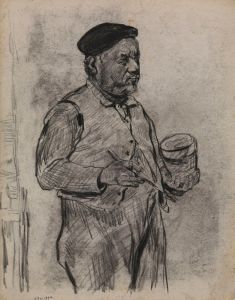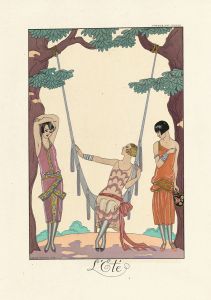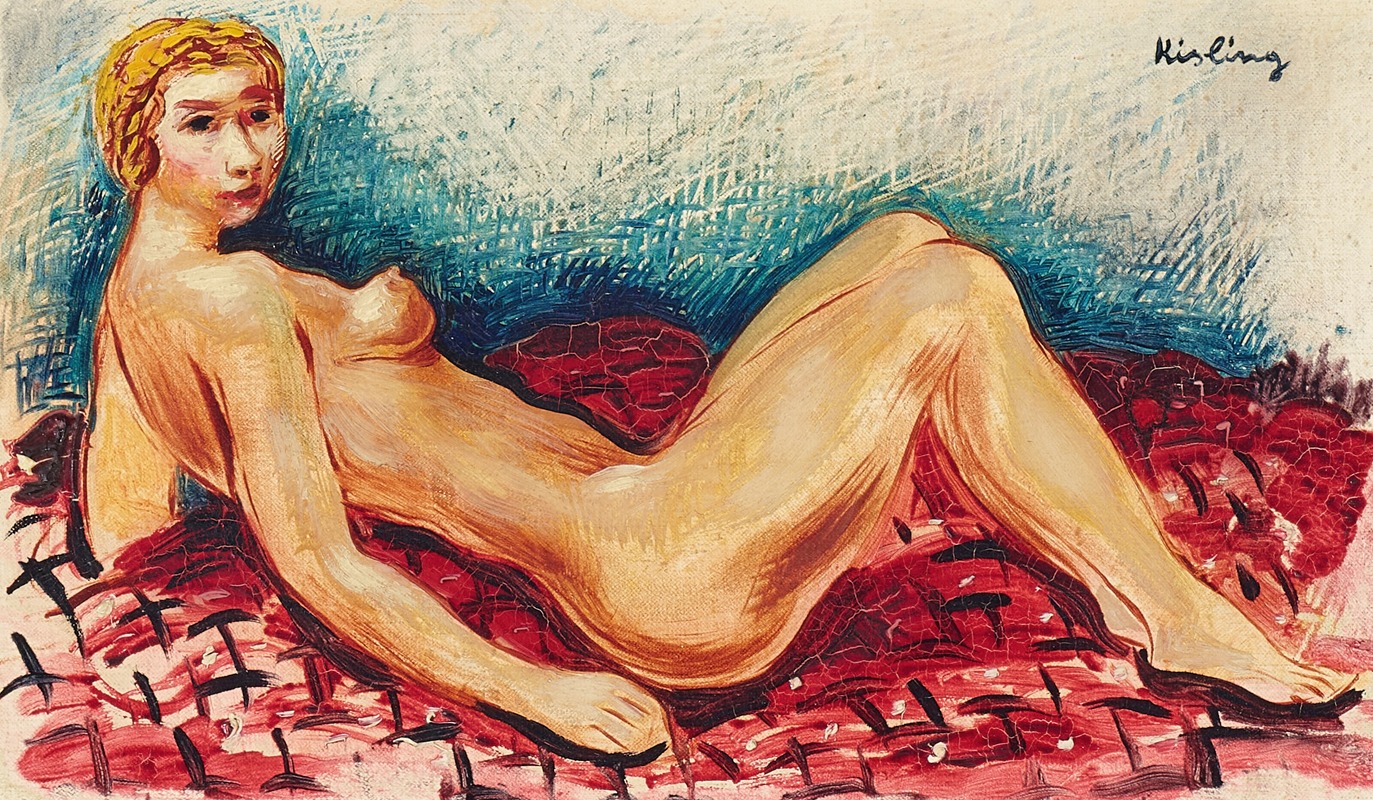
Nu allongé
A hand-painted replica of Moïse Kisling’s masterpiece Nu allongé, meticulously crafted by professional artists to capture the true essence of the original. Each piece is created with museum-quality canvas and rare mineral pigments, carefully painted by experienced artists with delicate brushstrokes and rich, layered colors to perfectly recreate the texture of the original artwork. Unlike machine-printed reproductions, this hand-painted version brings the painting to life, infused with the artist’s emotions and skill in every stroke. Whether for personal collection or home decoration, it instantly elevates the artistic atmosphere of any space.
Moïse Kisling, a Polish-born French painter, is known for his contributions to the École de Paris and his distinctive style that blends elements of modernism and traditional portraiture. One of his notable works is Nu allongé (Reclining Nude), a painting that exemplifies his mastery in depicting the human form with elegance and sensitivity.
Nu allongé portrays a reclining female nude, a subject that Kisling frequently explored throughout his career. The painting is characterized by its harmonious composition, soft color palette, and the artist's ability to capture the sensuality and grace of the human body. Kisling's approach to nudes often involved a balance between realism and stylization, with an emphasis on smooth contours and a luminous quality to the skin tones. This particular work reflects his skill in rendering the human figure with both physical and emotional depth.
Kisling was part of the vibrant artistic community in Montparnasse, Paris, during the early 20th century. He associated with prominent artists such as Amedeo Modigliani, Marc Chagall, and Jules Pascin, and his work was influenced by the creative exchange within this circle. While Kisling's style is distinct, it also bears traces of the broader artistic movements of his time, including post-impressionism and expressionism.
The exact date of creation for Nu allongé is not widely documented, but it is consistent with Kisling's body of work from the 1920s and 1930s, a period during which he gained significant recognition for his portraits and nudes. His works from this era often feature a serene and timeless quality, which is evident in Nu allongé. The painting has been exhibited in various galleries and collections, contributing to Kisling's reputation as a prominent figure in early 20th-century art.
Kisling's career was marked by his ability to adapt and innovate while maintaining a strong personal style. Nu allongé serves as a testament to his artistic vision and his dedication to exploring the beauty of the human form. Today, his works, including this painting, are celebrated for their technical excellence and emotional resonance, securing his place in the history of modern art.





